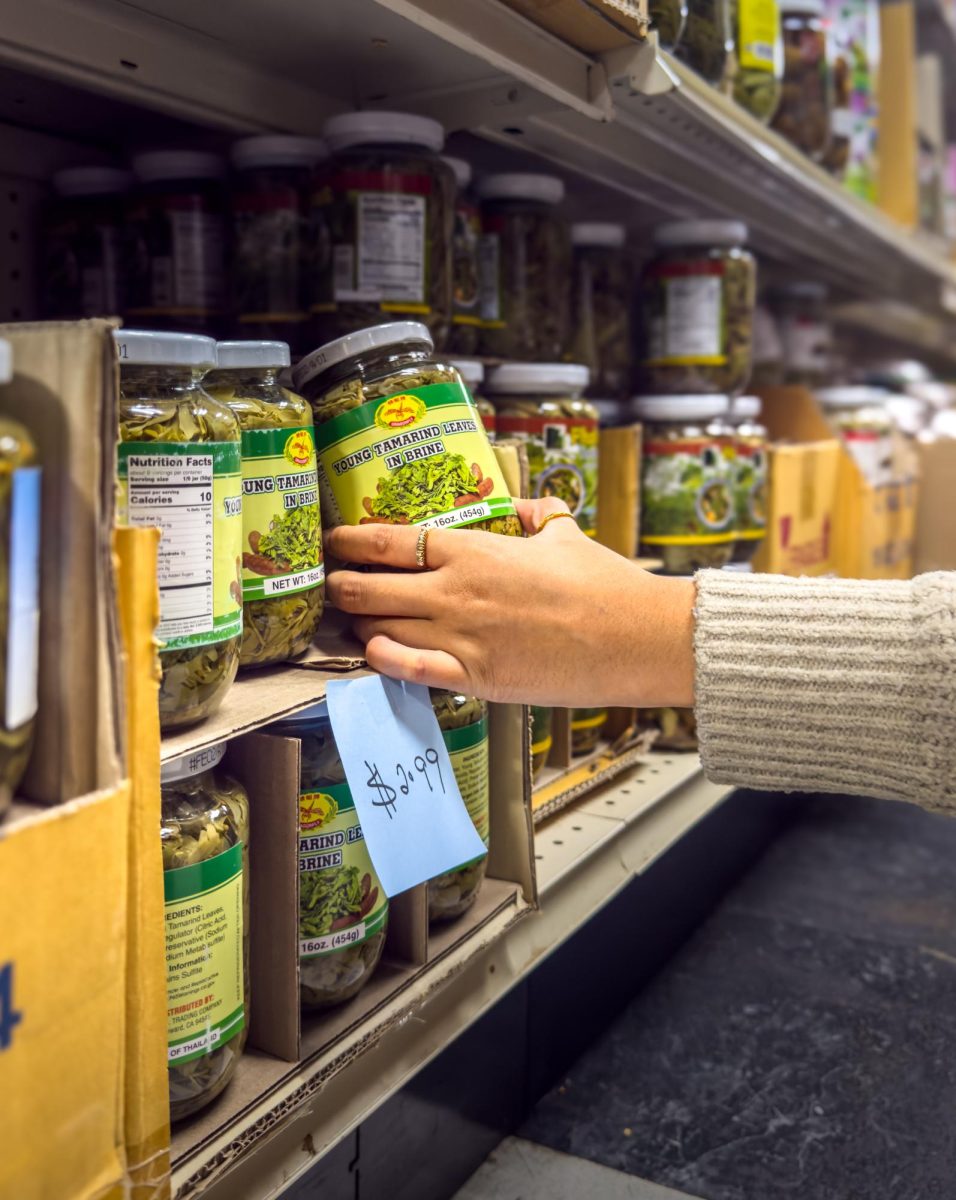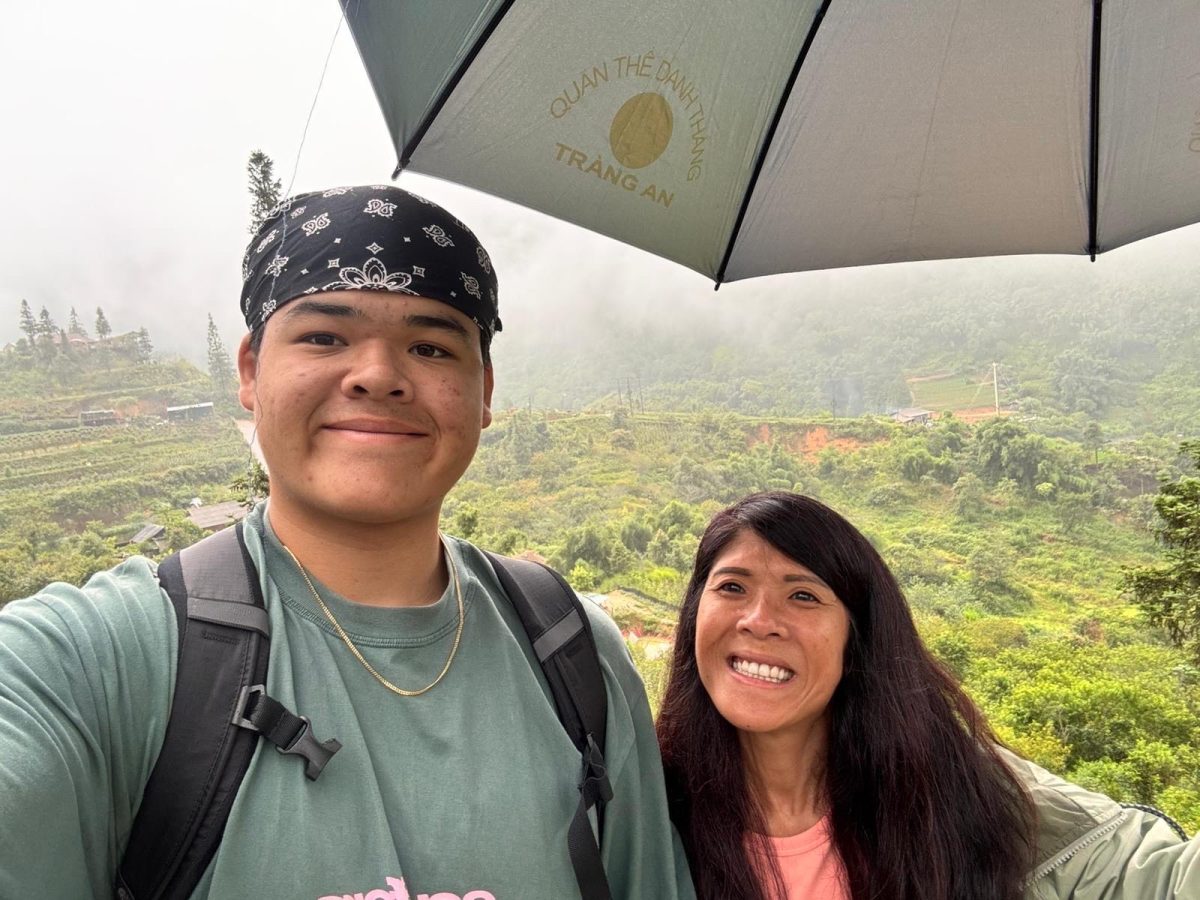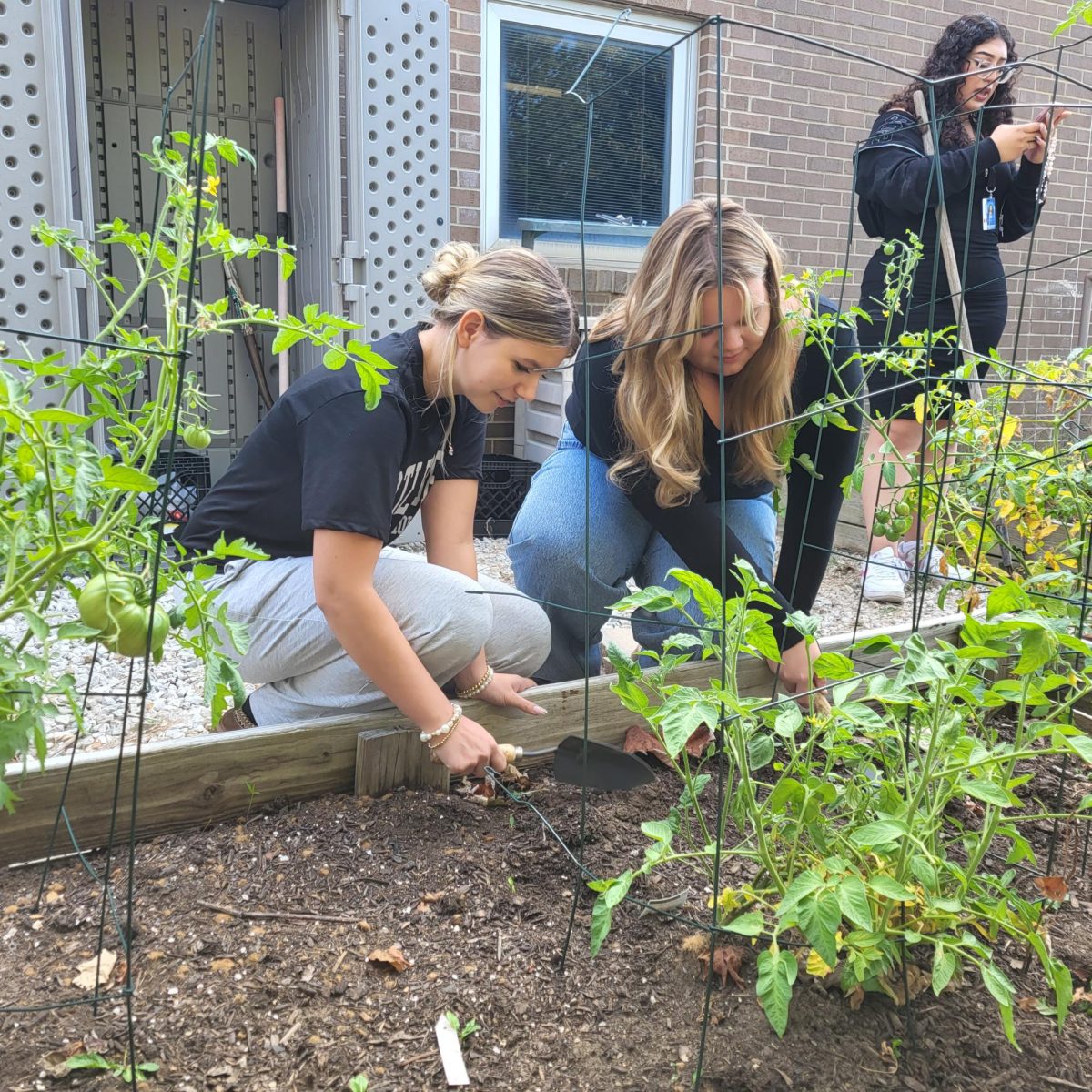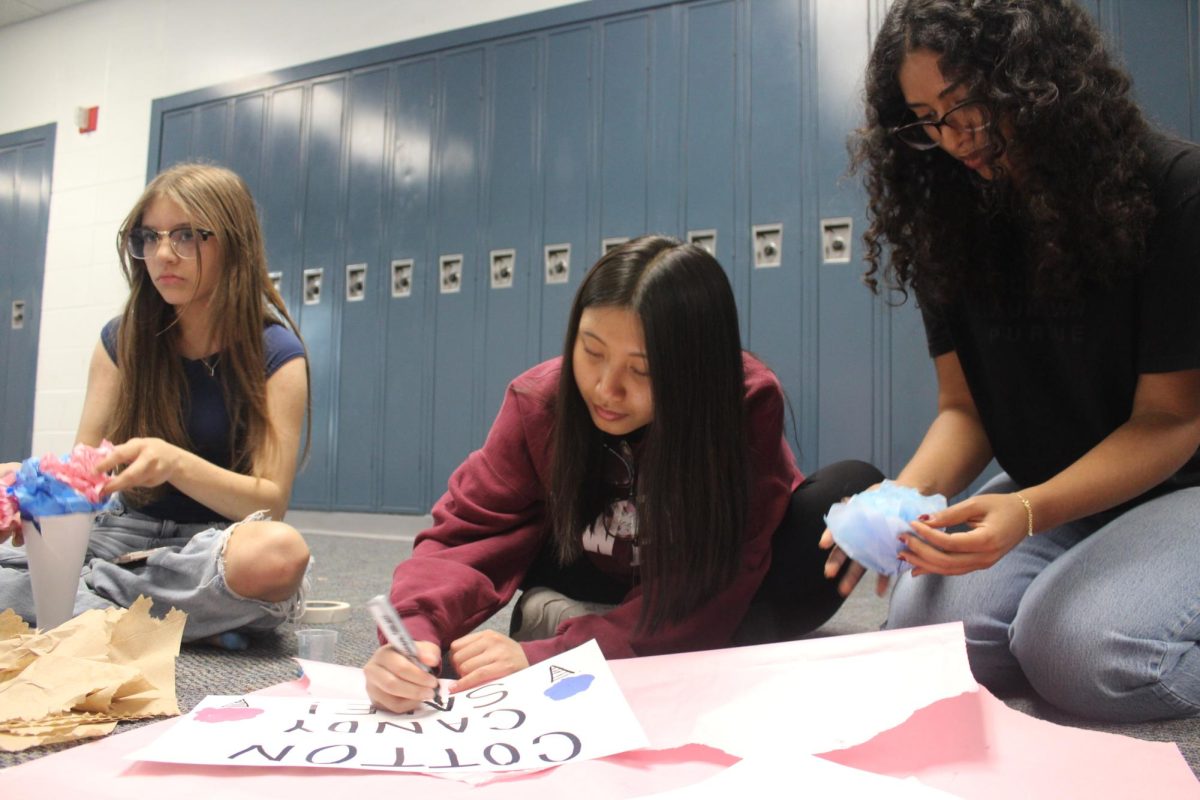Drive five miles in almost any direction and chances are you will spot a Burmese grocery store or restaurant. These restaurants and grocery stores have become woven into the everyday fabric of Indianapolis, especially for the Burmese community, because they allow for the community to stay connected to their culture while still assimilating into America. The first patch woven can be traced back to the small grocery store and restaurant well known as Chin Brothers, which have set the precedent for Burmese-owned businesses. Chin Brothers Grocery started in 2008 by Than Hre, and then a year later they added a restaurant in their store. Than named the store in honor of his three sons. Jabez Hre, the youngest, has grown up witnessing how his parents small business has blossomed into a cornerstone for the Burmese community. Jabez is an Alumni from PMHS, who grew up learning American culture, but helping out with his family store allowed him to see the importance of his culture and what his parents have built.
Hre started helping out at the store when he was 11, where he was able to witness the growing impact of his parents’ store and the simplicity of food brings people together. “I like to think of Chin Brothers as a safe haven for Burmese people. We sell authentic foods, ingredients, and meals that remind people of home… A lot of people come not just to shop or eat but to catch up with friends, hang out, and feel at home. Sometimes I even overhear newcomers asking my parents for advice on adjusting to life here,” Jabez said.
Chin Brothers has allowed for a space where the Burmese community can gather, celebrate and preserve tradition. For some Burmese immigrants, adjusting to life in America can be difficult. Through food, it has softened the transition. “Younger kids often grow up in a generation where they don’t truly know what it means to be Burmese anymore,” senior Esther Ngun Tha Iang said.
Many dishes from Burma need specific ingredients that can not be found in a typical grocery store like Kroger or Walmart. Lahpet Thoke is a fermented tea leaf salad. The fermented tea leaves are a staple ingerdient in Burma with its slightly bitter taste, which is balanced with the freshness of the tomatoes and cabbage, the crunch and nuttiness from the peanuts and a squeeze of lime adds the brightness. For many each bite this dish brings them closer to their culture. “Having access to cultural foods gives you a sense of identity…I’m sitting around a dinner table and like this is what my ancestors ate, my grandparents, and how they’re passing it down to me,” senior Thomas Darkhuah said.
As simple as food seems, it not only brings an individual closer to their culture, but the community is also strengthened. “Everyone is able to connect to each other and our culture by simply enjoying a meal together…it’s common that they all share food with each other and that creates such a warm and inviting environment,” senior Za Sung said.
While Chin Brothers was one of the first Burmese restaurants, many other restaurants have popped up allowing for a wider variety and access to Burmese food. One of these restaurants is Kaung Kaung Burmese Restaurant. The restaurant was originally owned and ran by Lily Sui and now passed down to her sister-in law Esther Bawi in Burmese culture family and tradition are core values. Her sister-in law added “Kaung Kaung” to the name for her son, and in Burmese, “Kaung” means “good”. “For me, this is something that I am already good at, and being able to sell [food] makes me happy. When they order the food, and I make it and serve it, I love being able to see their first impression of the food and see whether they like it or not,” Bawi said.
Bawi’s words encapsulates that food is more than just nourishment for your body. It is nourishment for memory, tradition and comfort. Each ingredient tossed together tells a story of culture and tradition, and these grocery stores and restaurants allow for this nourishment to survive.
















